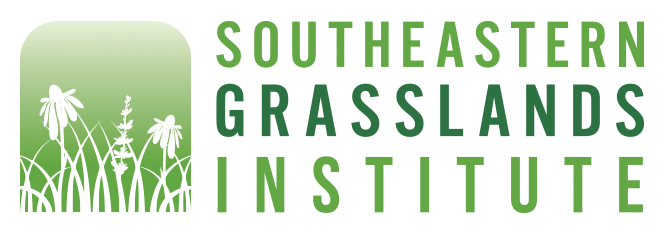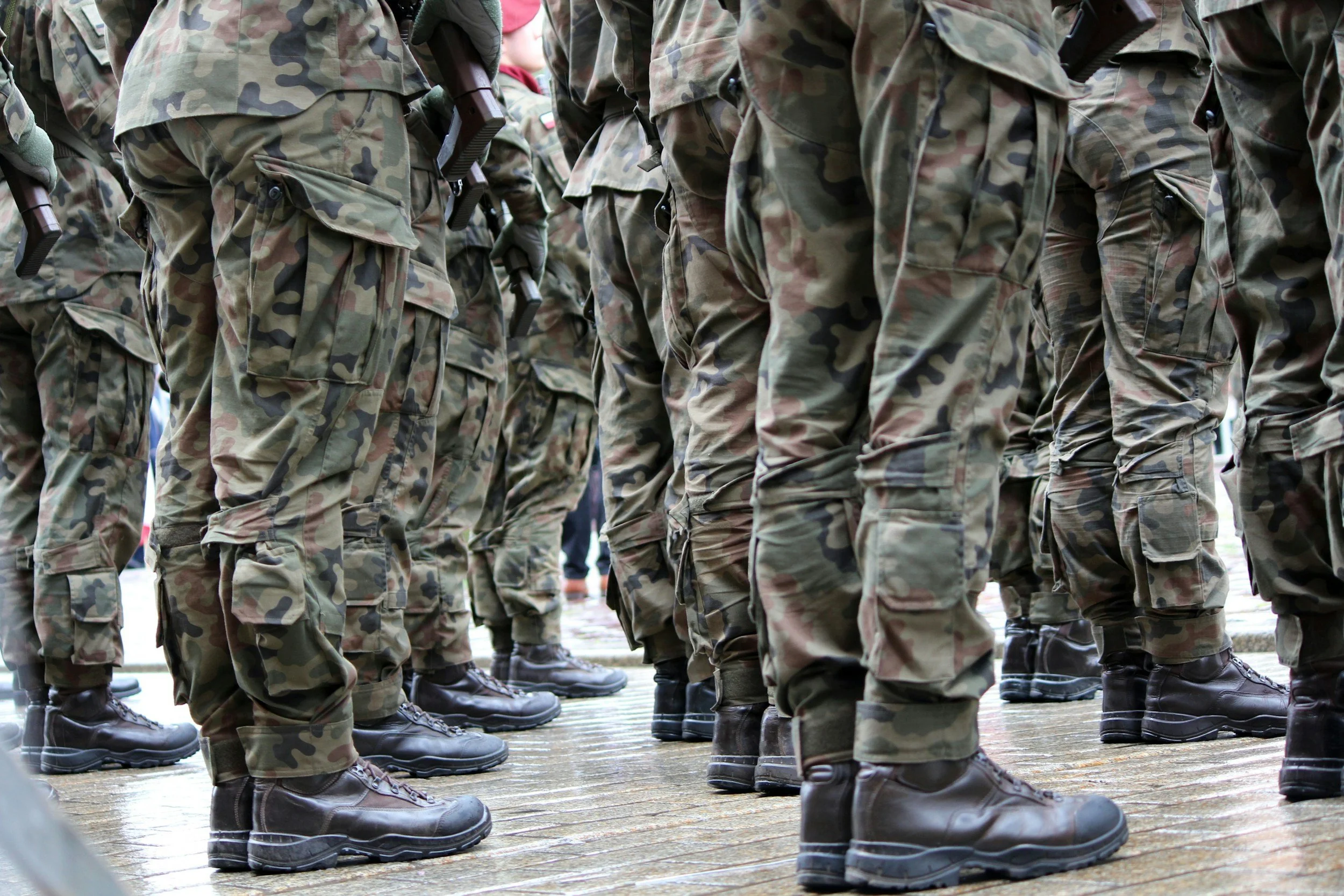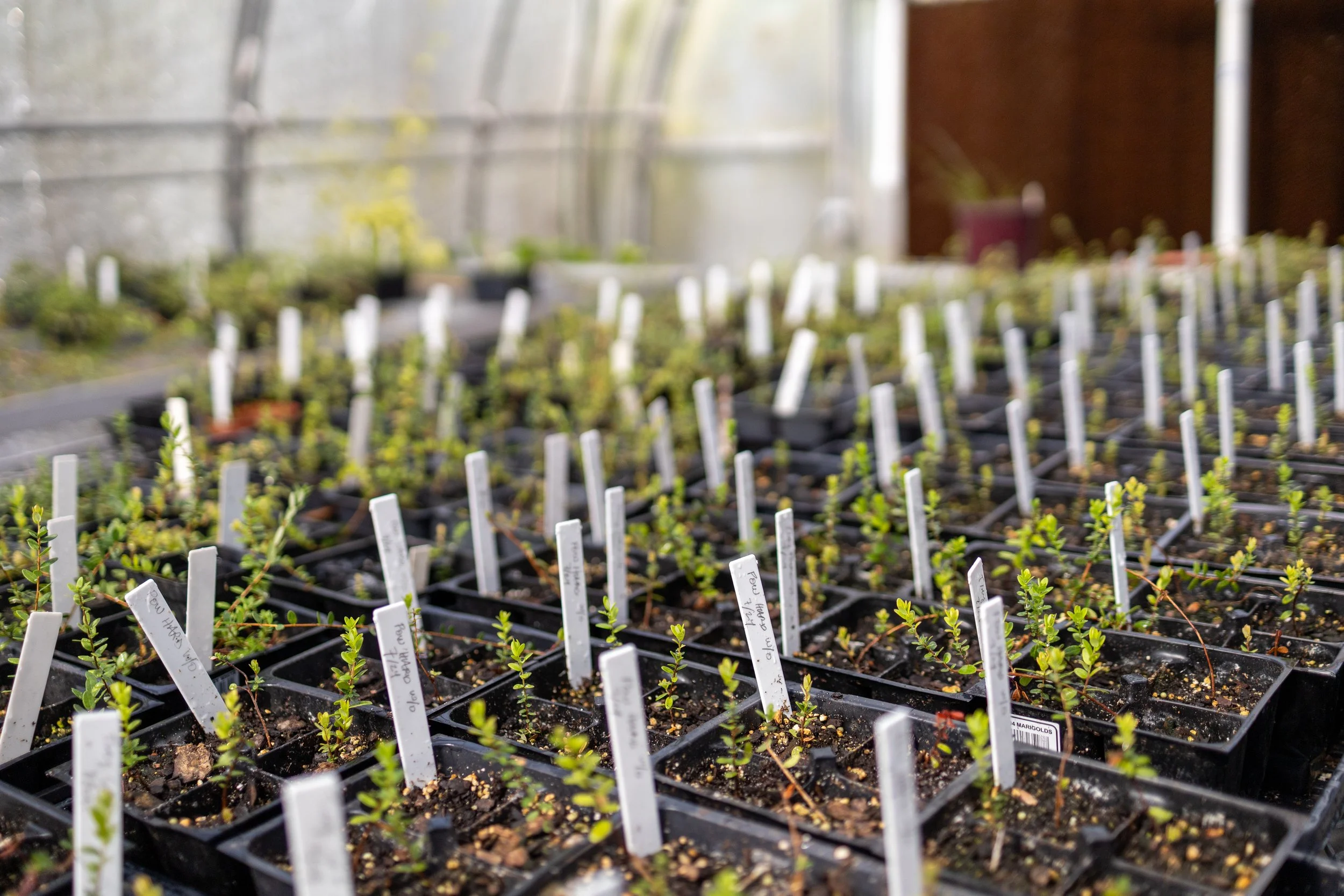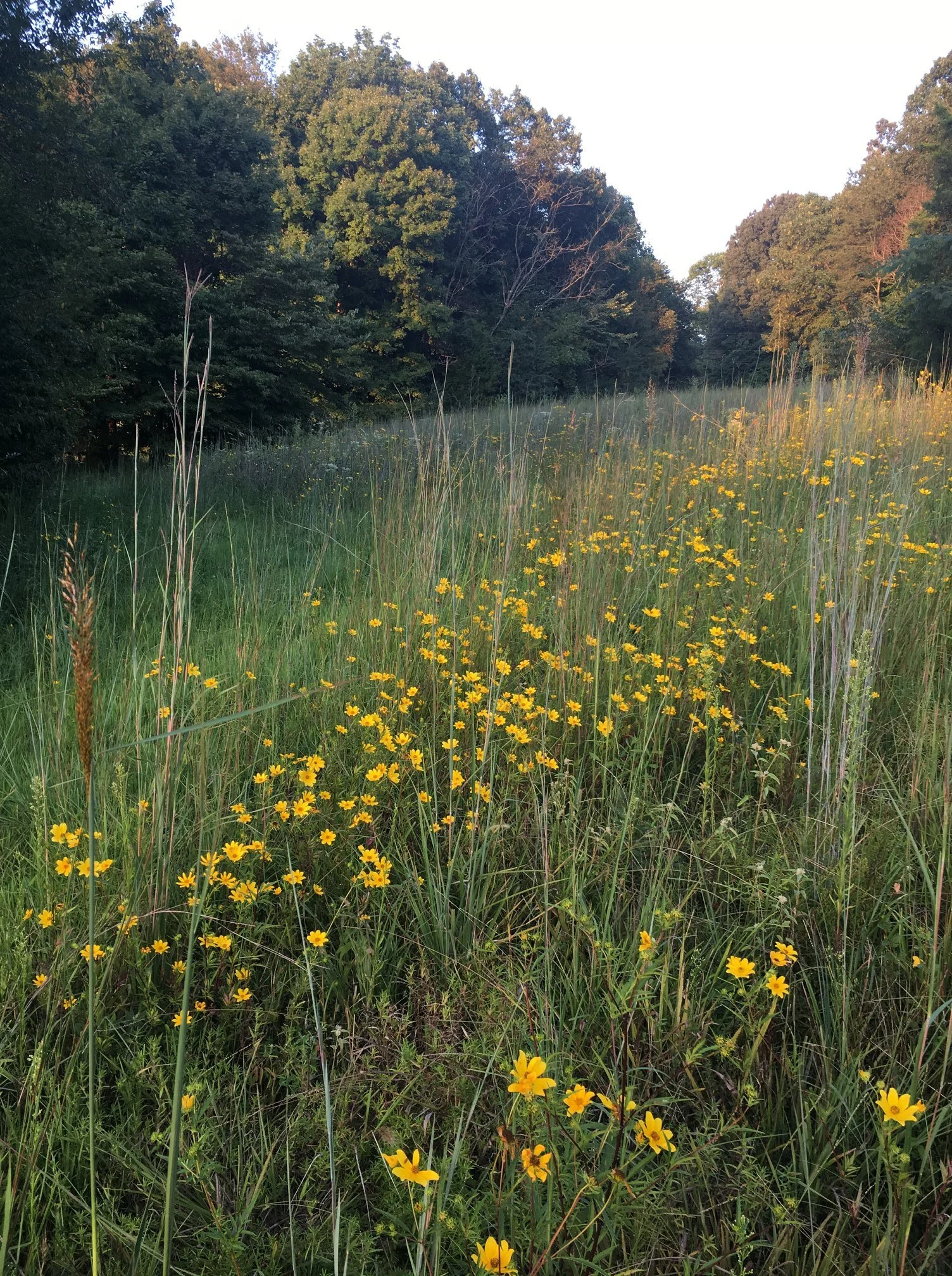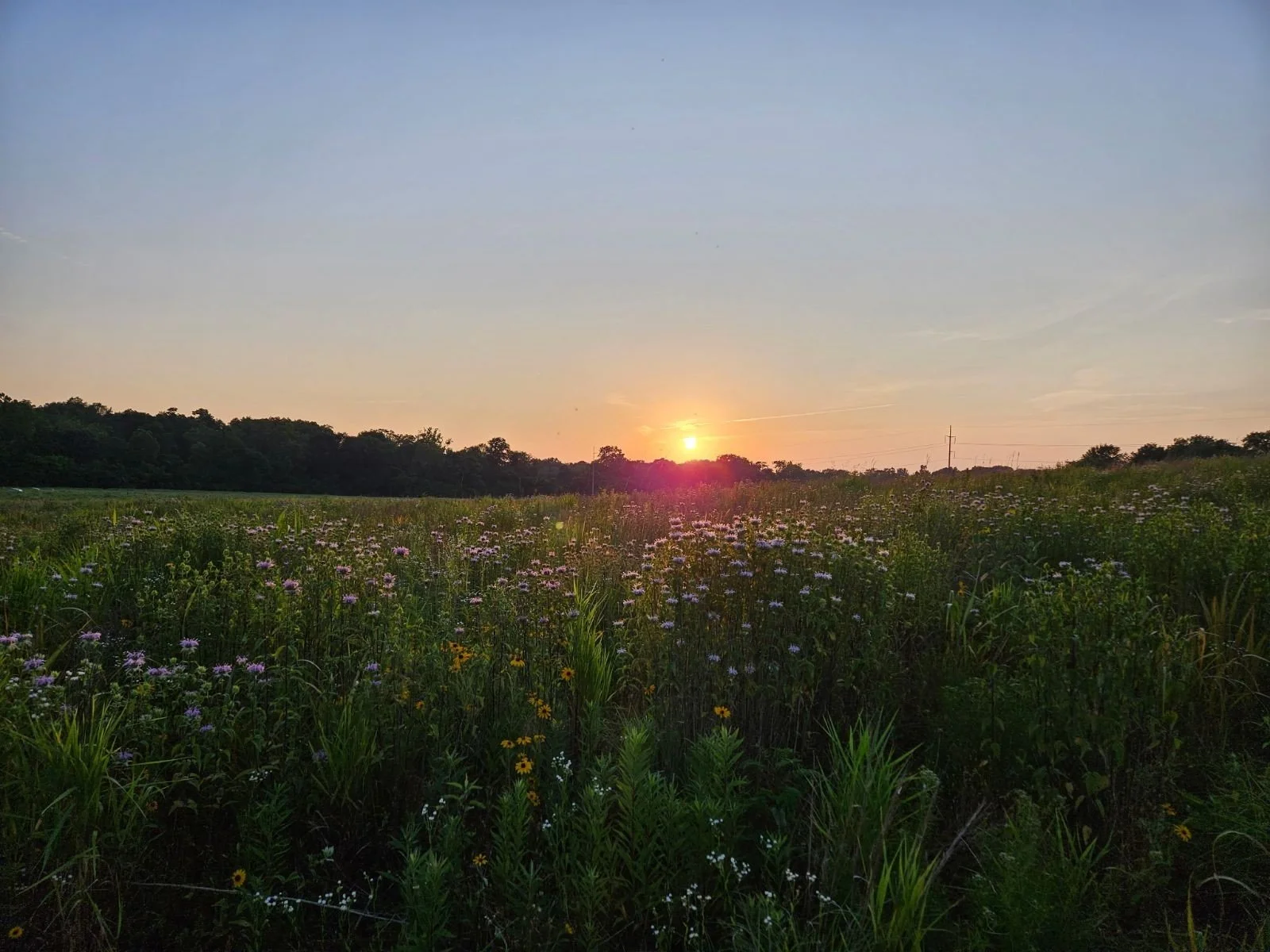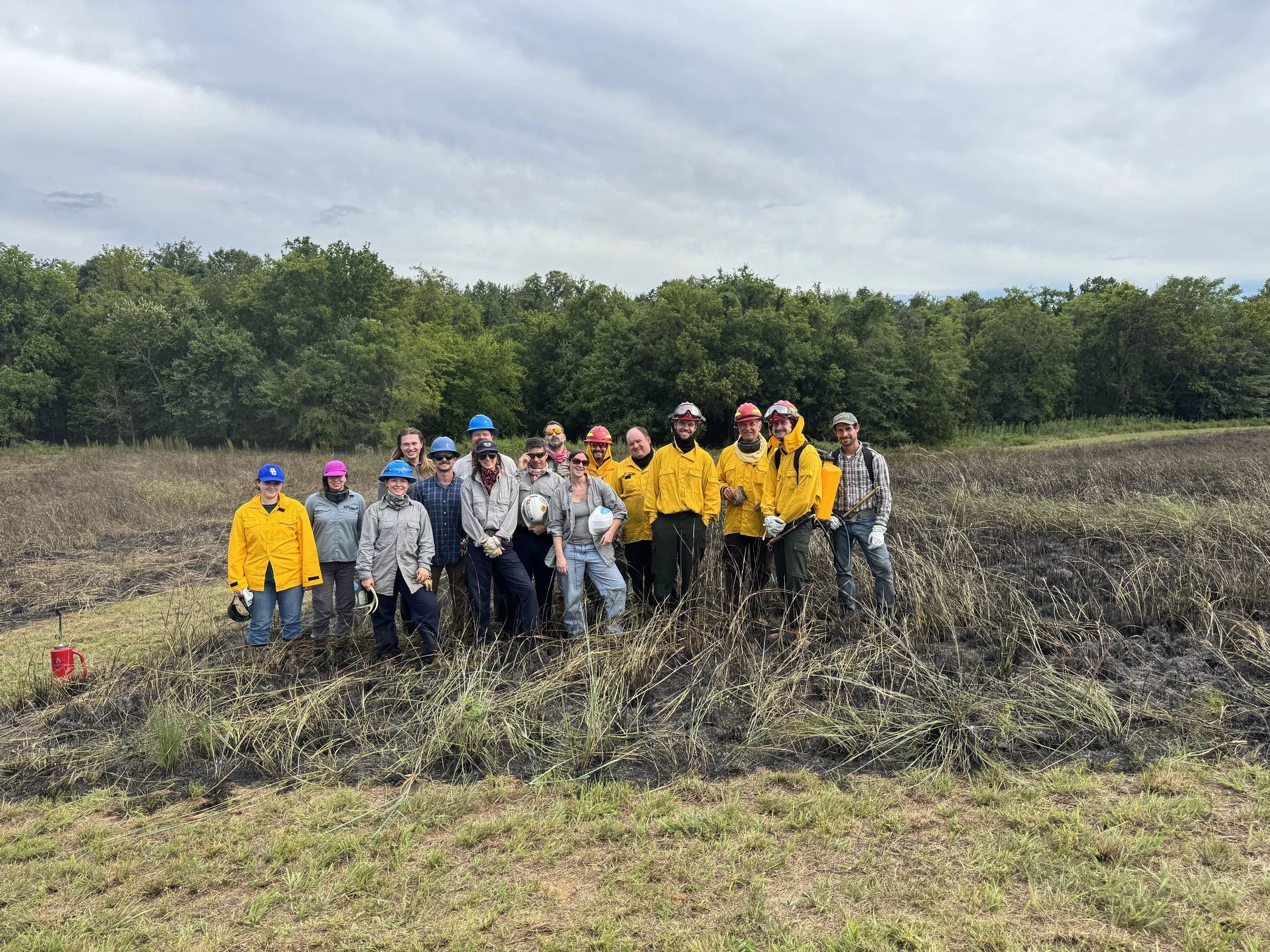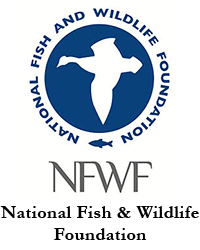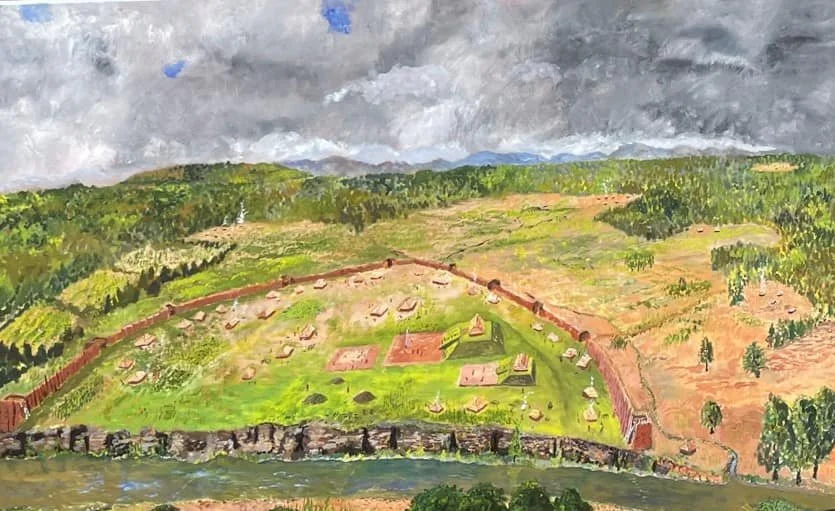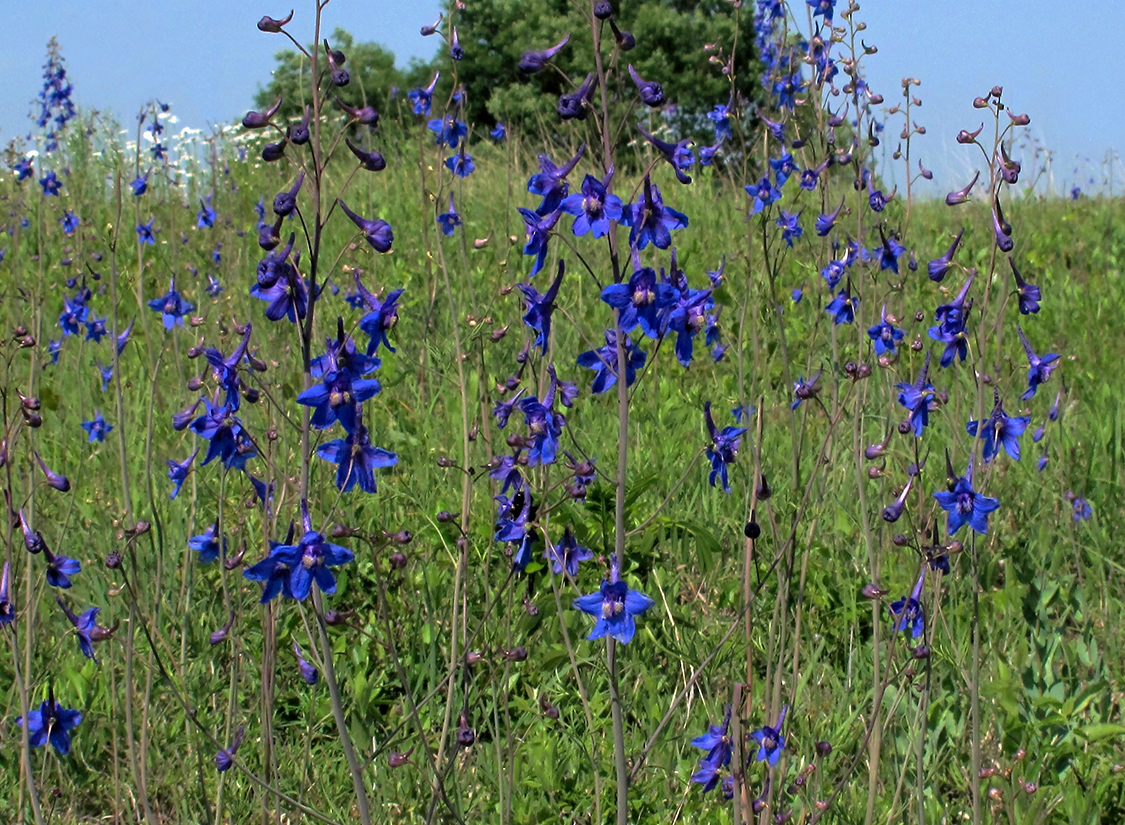major projects
National Park Service Partnership
SGI has entered into a partnership with the National Park Service. The project consists of multiple funding pools and projects, totaling 38 National Parks and 100 individual sites from Mississippi to Vermont. SGI is working to restore critical grassland remnants by removing invasive species, implementing best management practices, and educating the public on their importance.
In places where grasslands have been driven to functional extinction, SGI is working with NPS to reconstruct thousands of acres of grasslands in agricultural and/or fallow fields. This project represents the largest concerted effort to restore grasslands in eastern National Parks. The goals of the project are to uplift grasslands and National Parks via restoration, reconstruction, and monitoring efforts.
Barnett’s Woods and Prairie State Natural Area
SGI in partnership with Tennessee Department of Environment and Conservation (TDEC) Division of Natural Areas owns and co-stewards 450 acres of the Barnett’s Woods and Prairie State Natural Area near Clarksville, TN. Barnett’s Woods State Natural Area consists of a diverse area of caves, springs, remnant savannas, barrens, open woodlands, forests, and agricultural fields. Working together with TDEC, the Tennessee Wildlife Federation (TWF), the Land Trust for Tennessee, and U.S. Army Fort Campbell base, SGI is leading the charge on reconstructing 250 acres of open agricultural fields to some of the most diverse, ecologically accurate reconstructed prairies in the Southeast. In addition to the prairie reconstruction, SGI is working with TDEC to restore the barren, savanna, and woodland remnants within the site.
Barnett’s Woods and Prairie is currently home to many rare and uncommon species of plants and animals. A few of these important species include Antigone canadensis (sandhill crane), Pseudotriton ruber (red salamander), Apios priceana (Price’s potato-bean), Nabalus barbatus (barbed rattlesnakeroot) , and Matelea obliqua (climbing milkvine).
Once restoration is completed, the Natural Area will be open to the public with a diverse array of trails and viewpoints. The Natural Area will be managed in perpetuity by SGI using prescribed fire and grazing to maintain the health of the ecosystem and the species that inhabit it.
Best hope farm
Eastern Tiger Swallowtail on Blazing Star at Best Hope Farm
Best Hope Farm is an 80+ acre farm that consists of a mosaic of forest, remnant grasslands, and reconstructed grasslands. Managed by Deborah Rosenthal & RJ Comer, Best Hope Farm has been an important catalyst in SGI’s work, and has implemented SGI’s restoration practices and philosophies to bring their farm’s prairie remnants and reconstruction sites back to health. To learn more, follow Best Hope Farm on Facebook. Best Hope Farm will serve as a core anchor grassland along with several neighboring landowners, including Montgomery Bell State Park, in SGI’s Restoring America’s Ecosystem project.
Boots to Botany program
Boots to Botany is an Army-approved Career Skills Program that partners closely with the Southeastern Grasslands Institute. The program works with the U.S. Army for service members who are transitioning out of active duty to complete a paid internship with SGI.
Interns gain a diverse skillset and understanding of environmental restoration and research techniques. These include prescribed fire, seed collection, restoration equipment use, hands-on sawyering experience, wildlife survey research that include surveys of plants, invertebrates, herps, & mammals, seed propagation, plug planting, and invasive species management.
Boots to Botany interns leave the program prepared for civilian careers in botany, ecology, and restoration.
Please contact Jeremy French if you are a servicemember interested in our Boots to Botany program.
City of Chattanooga
SGI has partnered with the City of Chattanooga At Heritage Park, SGI helped guide the conversion of turfgrass into a flourishing meadow, uncovering a surprisingly rich native seed bank that responded quickly once mowing ceased and restoration began. The site now supports rare fen and limestone barren communities, key grassland ecosystems once common in the region but now largely lost to development.
Seasonal prescribed burns and transplanting of native species are planned to further enhance diversity. The project serves as an inspiring example of how cities can reclaim ecological heritage while providing critical habitat for pollinators and educational opportunities for the public.
Ducktown bog project
The Ducktown Bog Project seeks to restore the southernmost cranberry bogs in North America. The project’s goal is to revive the natural processes that once sustained these wetlands and to support native plants like cranberries and cottongrass (Eriophorum).
The team has propagated over 1,000 native transplants, with 350 scheduled for reintroduction in fall 2025. Volunteers, scientists, and tribal representatives have joined in monitoring and planting efforts, creating a collaborative model for cultural and ecological restoration. This work not only safeguards one of Tennessee’s rarest habitats but also reconnects communities with a living remnant of the region’s natural history.
Dunbar Cave State Park Prairie Restoraiton
Dunbar Cave State Park is home to a 20 acre prairie nestled in the heart of Clarksville.
The Dunbar Cave prairie was SGI’s first ever reconstructed grassland, planted with a diverse mix of flowers and grasses in 2018 in partnership with Dunbar Cave State Park and Roundstone Native Seed, LLC.
Dunbar Cave is currently actively managed by SGI volunteers and our restoration team. Dunbar hosts a diverse array of trails, and is home to an abundance of wildlife.
Be sure to check out our Volunteer Calendar for opportunities to help with restoration efforts at Dunbar Cave State Park in Clarksville.
Google Prairie Partnership
Google Prairie is a privately owned prairie housed within the Clarksville industrial complex on former agricultural fields in the valley of Spring Creek. SGI and Google initially embarked on planting the first 50 acres of prairie at Google’s Clarksville Data Center in 2020.
Since then, Google and SGI’s partnership has grown the prairie to over 100 acres, with future growth goals to expand the current prairie to over 200 acres by 2027. Google Prairie, when planted, utilized the most diverse seed mix ever attempted in the region, with over 96 individual species planted. Since restoration efforts began, we have seen many rare and uncommon species return to the site. Now, grassland species whose populations are dropping rapidly now frequent the site - bobwhite quail, American bumblebees, river otters - are a common occurrence. The return of these species and the increased biodiversity and enhanced natural state of the site is providing improved water quality, air quality, and quality of life for Clarksville residents along the watershed. The site is actively managed by SGI volunteers and restoration staff.
Be sure to check out our Volunteer Calendar for opportunities to help with restoration efforts at Google Prairie in Clarksville.
To learn more about the Google Prairie partnership, check out the video Where the Internet Lives: Data center on the prairie on YouTube.
Guthrie Prairie
Guthrie Prairie is what is known as a G1-S1 Pennyroyal plain wet prairie and marsh community. The G1-S1 category signifies that meaning it is a critically imperiled site on a global and state level. Guthrie Prairie was purchased in 2022 thanks to SGI’s Bob and Deborah Hulse Prairie Acquisition Fund.
This acquisition was SGI’s first ever land purchase. Conserving and restoring this critically rare grassland within the town of Guthrie, KY, represents the importance of conserving even the smallest remnants, because they often hold the lion’s share of biodiversity, seed sources, and are the genetic seed banks critical to rebuilding grasslands at scale.
Kilbride Nature Sanctuary
At Kilbride Nature Sanctuary, SGI is collaborating with Tennessee Wesleyan University, the and the Lyndhurst Foundation to restore a 30-acre grassland owned by Tennessee Wesleyan. The 30-acre site was dominated by warm-season grasses, and had lost much of its native floristic diversity. SGI’s restoration strategy includes dividing the property into management units, implementing prescribed burns in rotation, and reintroducing remnant-specific plant species sourced from nearby high-quality prairie remnants.
Last Chance Grasslands: Stabilizing, Restoring, and reconstructing 2,500 Acres of the Forgotten Grasslands of Central TN
SGI has received funding from the National Fish & Wildlife Foundation America’s Ecosystem Restoration Initiative (AERI) to uplift grassland conservation in central TN.
The work of this grant will stabilize, restore, and reconstruct thousands of acres of grasslands in Middle Tennessee by establishing 6 grassland anchor sites across public and private lands. Grassland anchor sites are at least 100 contiguous acres of grassland habitat. When it comes to grassland functionality, research suggests that size matters, especially when we think of turning the tide of grassland bird decline. Larger grasslands are generally better at supporting our threatened grassland bird populations. Please refer to the Working Lands for Wildlife Northern Bobwhite Grasslands, and Savannas framework publication for more details.
The six anchor sites will be at Shelby Bottoms Greenway and Natural Area, Lytle Bend (aka Ravenwood), Barnett’s Woods and Prairie State Natural Area, Wessyngton Plantation, Google Prairie, and Dickson County anchor site.
In addition to the establishment of these anchor sites, this funding will enable us to stabilize and restore 1,000 acres of remnant fragments of grasslands across public and private lands which hold the genetics and seed resources key to uplifting grassland reconstruction at scale in the region. Remnant restoration work will include the use of prescribed fire, timber stand improvement, seed collection, technical assistance, land management planning, and invasive species management work to create healthy grassland ecosystems.
If you are interested in contributing land or resources to this project, please contact Jeremy French, or Vero Tessier.
Old town
SGI is working to restore and reconstruct the meadows at Old Town, a historic site in Franklin, TN. Old Town is SGI’s first restoration project led by our Tribal Program staff. Old Town is home to ancient Mississippian culture temple mounds.
Our work here will restore grassland communities that would have existed during the time of Indigenous habitation.
Old Town currently has populations of many uncommon or culturally significant species, most notably the rare hortulan’s plum, Prunus hortulana, Chickasaw plums, Prunus angustifolia, and river cane, Arundinaria gigantea.
Scaling Grasslands conservation in Tennessee
This effort is funded by the Berkley Foundation, and seeks to uplift our efforts to stabilize, restore, and reconstruct the forgotten grasslands of Central Tennessee.
The project will stabilize and restore 1,000 acres of grasslands, with 600 acres of grassland remnants to be restored, and 400 acres to be reconstructed in Central Tennessee. An additional goal of this effort is to collect over 500 pounds of local genotype seed to be used as the seed source for restoration in Central Tennessee.
If you have interest in supporting or contributing your land to this project, please contact Jeremy French or Vero Tessier.
Tennessee River gorge
The Tennessee River Gorge —often called the “Grand Canyon of Tennessee”— is located in southeast Tennessee. SGI began restoration work in partnership with the Tennessee River Gorge Trust in 2023 to conserve and revitalize one of the state’s most dramatic and biologically rich landscapes. The project focuses on researching and restoring the Aetna Mountain bogs which support several rare plant species and disjunct populations of the barking tree frog. SGI developed a detailed monitoring protocol to assess baseline conditions and found that the woodland ecotone was encroaching into the bog. SGI then developed a restoration plan for TRGT which includes thinning applications and prescribed burning of the adjacent woodlands surrounding the bog. In 2028, SGI will use the data to track changes over time in response to restoration applications, applying prescribed fire and other ecological management practices to improve habitat structure and native diversity.
The Farm at Sinking Creek
SGI works closely in Virginia on the Farm at Sinking Creek. The historic farm is run by long-time SGI supporters, Bill & Tracy Frist. The farm is an example of how agricultural production and ecological restoration can be done simultaneously on working lands.
Currently, the Farm at Sinking Creek contains many rare Appalachian grasslands that SGI is working to restore, including, but not limited to, beaver meadows, fens, open oak woodlands, and other open grassy communities.
sgi past REstoration projects
The Southeastern Grasslands Institute is grateful for the partnership of many agencies, donors, and organizations on our projects since our inception in 2017. Please see the list below of significant projects that have advanced grassland restoration in our focal region.
-
For full details on the Piedmont Prairie Partnership, click here. To view a gallery of Piedmont Prairie ecosystems, click here.
Listed below are Piedmont Prairie Partner Organizations:
Atlanta Botanical Garden
Ellerbe Creek Watershed Association
North Carolina Botanical Garden
South Carolina Department of Natural Resources
State Botanical Garden of Georgia
U.S. Forest Service
U.S. Fish and Wildlife Service
-
SGI’s work ont the Regional Conservation Partnership Program involved grant funded work on private and public land projects in Alabama, Kentucky, and Tennessee.
Partner organizations in regional conservation work are listed below:
-
